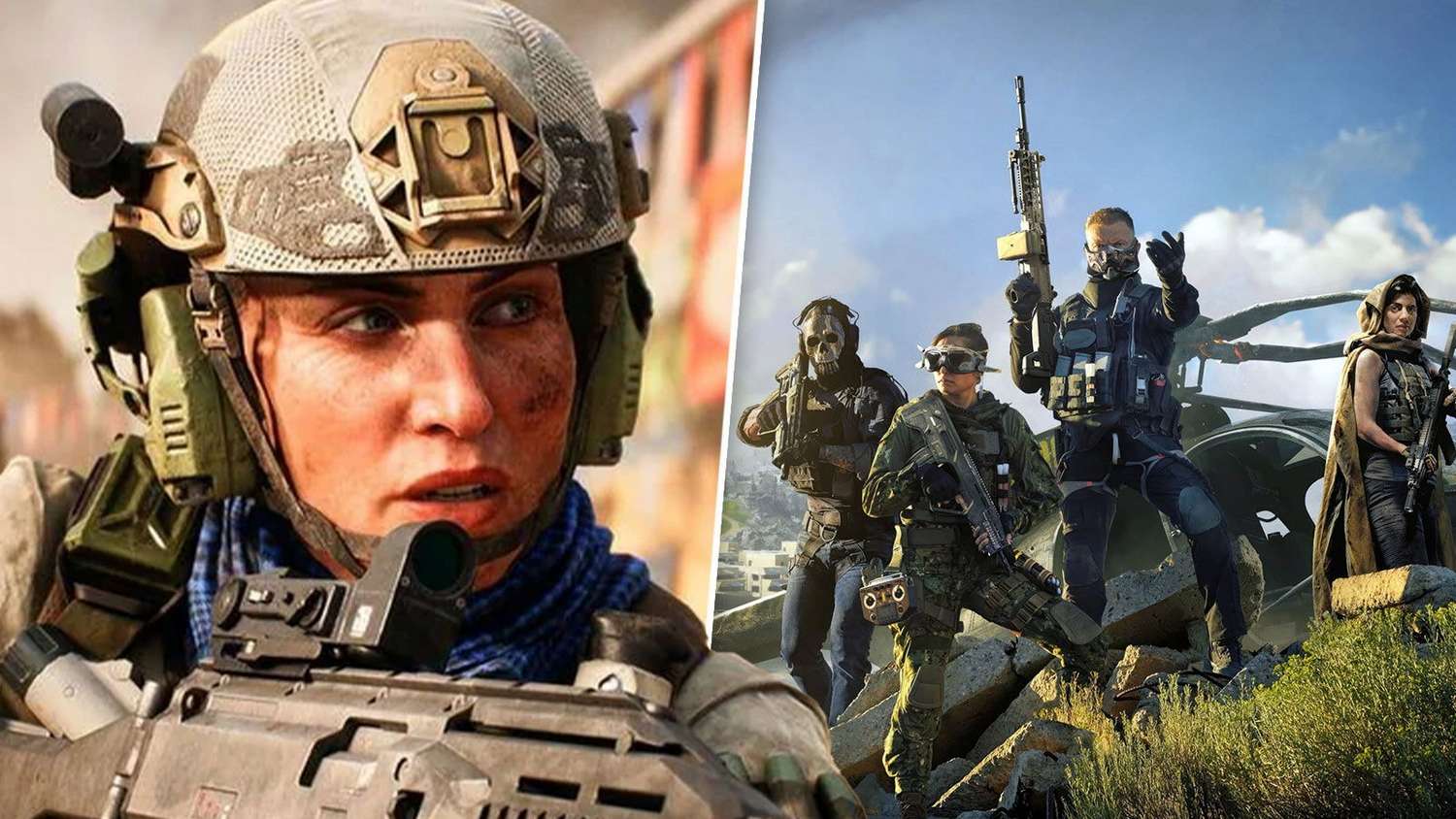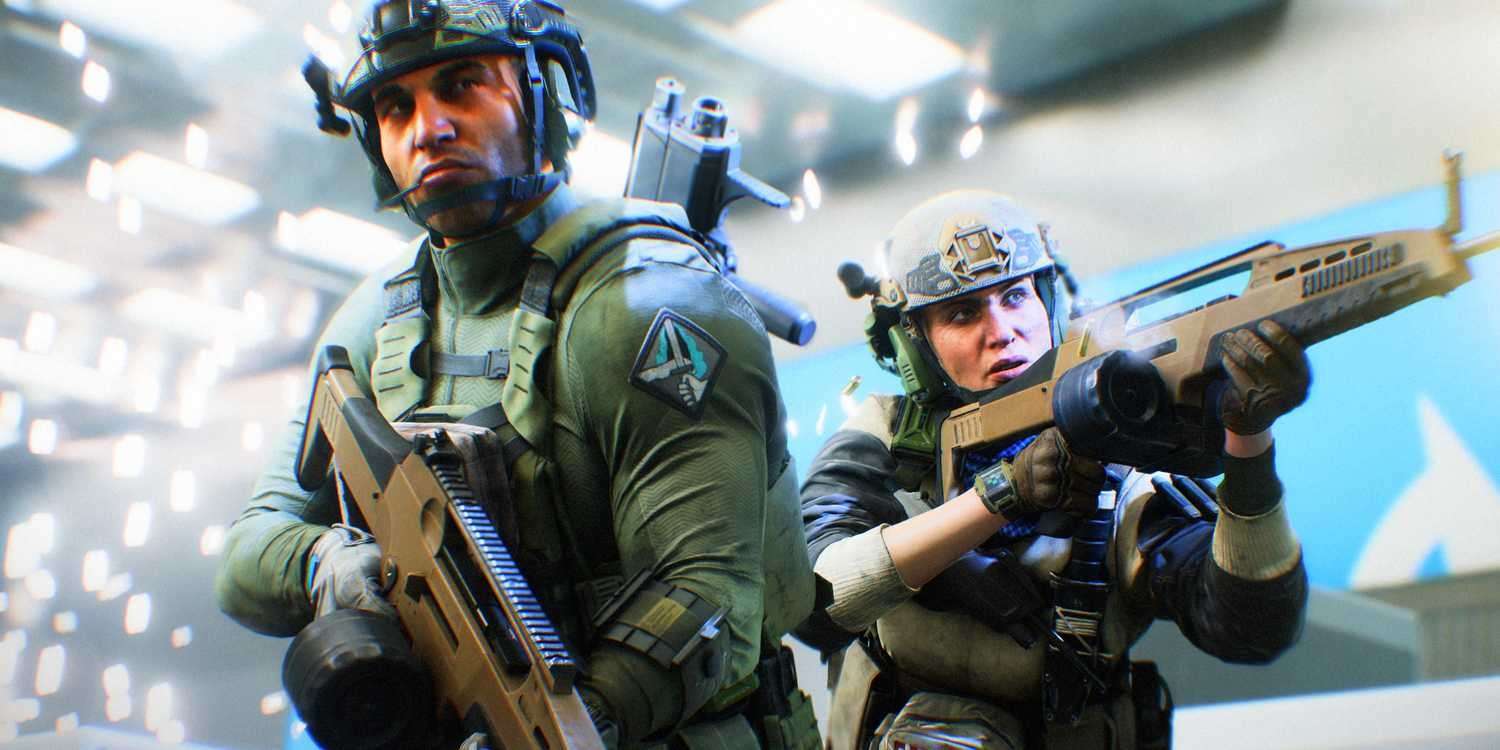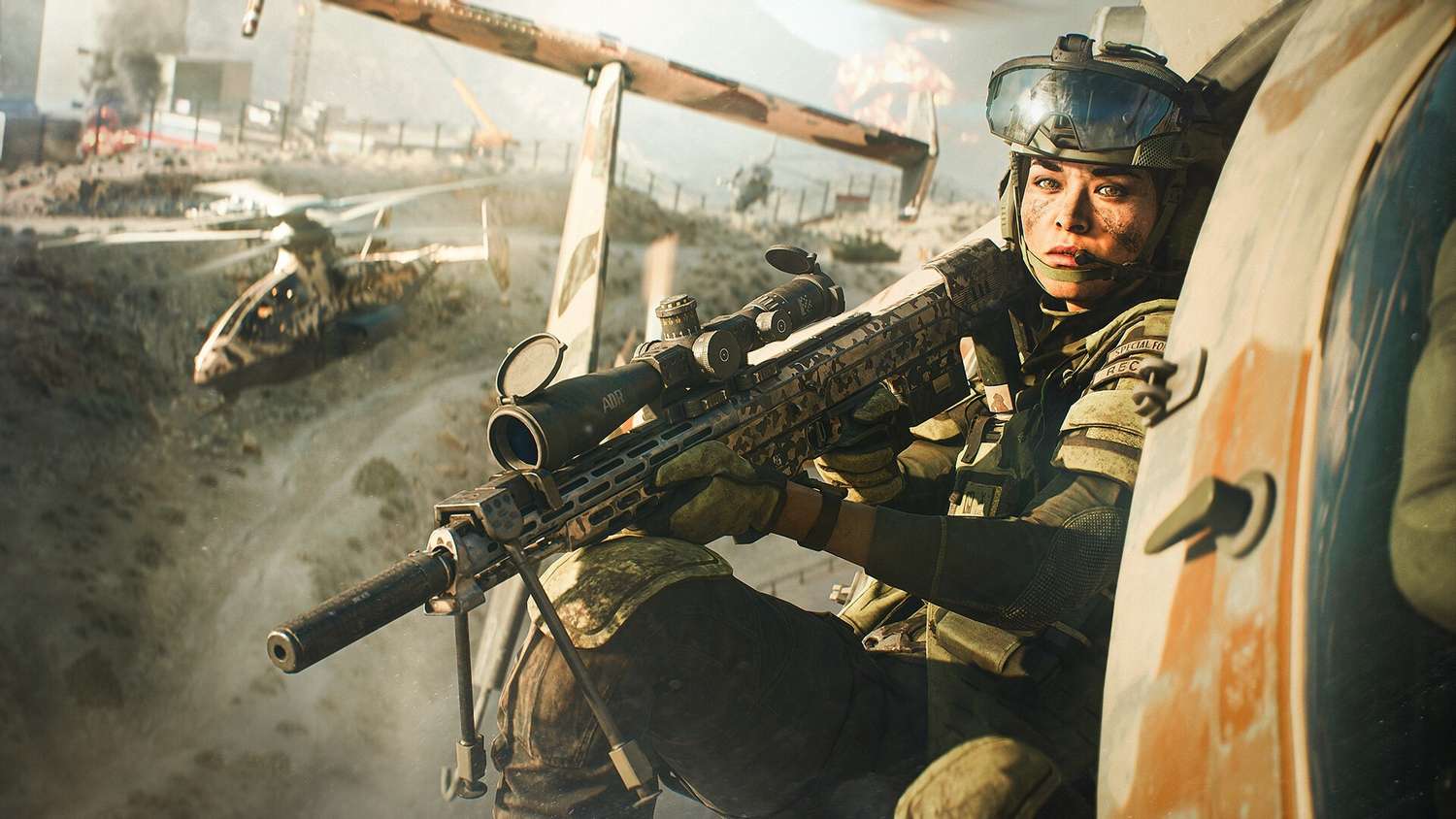The Unexpected Finish Line: Analyzing Battlefield 6 Campaign Player Data
Popular Now
 Genshin Impact
Genshin Impact
 Call of Duty
Call of Duty
 Grand Theft Auto V
Grand Theft Auto V
 Counter-Strike 2
Counter-Strike 2
 Minecraft
Minecraft
 EA SPORT FC 25
EA SPORT FC 25
 Brawl Stars
Brawl Stars
 Valorant
Valorant
 CarX Street
CarX Street
 Sonic the Hedgehog™ Classic
Sonic the Hedgehog™ Classic 
The original consensus, heavily influenced by early critical reviews, was that the Battlefield 6 campaign, an explosive five-to-seven-hour ride, served primarily as a brief, cinematic introduction to the game’s core mechanics rather than a compelling standalone story. Many reports noted its conventional ‘Call of Duty’-esque structure—linear missions with heavy scripting—which contrasts with the large-scale sandbox nature of the franchise’s best-known multiplayer modes. Consequently, the expectation was a low completion rate, with most gamers quickly migrating to the main draw: the 128-player online skirmishes.
However, aggregated data from major platforms, which track trophy and achievement unlocks, paint a more nuanced picture. While figures are not entirely public, reliable sources within the digital entertainment sector indicate a completion rate percentage that sits comfortably above the average for similar titles in the highly competitive First-Person Shooter (FPS) genre. This unexpected engagement has sparked a deep dive into the factors that compelled players to see the narrative through to its conclusion.
Key Takeaways from the Completion Data:
- Higher-than-Average Completion: The reported completion rate is several percentage points higher than the campaign modes in direct competitors released in the same window.
- Cinematic Appeal: The game’s use of the stunning new ‘Kinesthetic Combat System’ and impressive graphical fidelity likely held player attention through the spectacular set pieces, even if the narrative was deemed ‘forgettable’ by some critics.
- Value Proposition: For players who invested in the full-price premium game (a high CPC keyword sector), the campaign may have represented a perceived necessary return on investment, particularly as an alternative to the intense, skill-heavy multiplayer.
This suggests a disconnect between the critical narrative, which often focuses on originality and depth, and the player behavior driven by curiosity, visual spectacle, and the simple desire to experience all content purchased.
The Campaign’s Place in the Modern FPS Ecosystem
The single-player campaign in the Battlefield series has long been an area of internal debate. Following the criticism faced by Battlefield 2042’s lack of a traditional campaign, DICE and Electronic Arts (EA) made a clear commitment to delivering a story mode in Battlefield 6. The result was a nine-mission arc set between 2027 and 2028, focusing on a global conflict between a fractured NATO and a private military company, Pax Armata.
Despite the story’s generic beats—criticized for being a ‘narrative cowardice’ that says ‘nothing at all’ about its weighty topics (Source: Aftermath, October 16, 2025)—the core gameplay mechanics were universally praised. The satisfying gunplay, fluid movement, and significant return of environmental destruction translated well from the multiplayer sandbox into a structured, linear experience. For many, the campaign served as a low-stakes environment to master the Battlefield 6 mechanics before diving into the punishing, high-level esports-grade multiplayer environment.
This factor is crucial in the high-end gaming market. The single-player mode functions as an extensive, paid tutorial. A new gaming PC or best affordable gaming laptop 2024 purchase often goes hand-in-hand with a major title like this, and the campaign provides a relatively safe space to test the performance and learn the intricacies of the digital entertainment software without the immediate pressure of a live PvP match.
 Beyond the Critical Score: The Player Perspective and Monetization
Beyond the Critical Score: The Player Perspective and Monetization
The high completion rate for the Battlefield 6 campaign offers a vital lesson for premium game development. It confirms that a significant player segment still values a traditional single-player component, even if it is not the primary selling point. This has direct implications for future game design and video game marketing strategies.
Furthermore, from a business perspective, completing the campaign often unlocks exclusive cosmetic items or in-game currency bonuses, directly tying single-player progression to the monetization structure of the multiplayer game. This deliberate design choice likely acted as a strong incentive for completion. If a player knew that a unique weapon skin or a jump-start on the Battle Pass progression was hidden behind the final cutscene, they were more likely to push through.
The unexpected success of the single-player completion metric challenges the notion that all AAA FPS campaigns are now disposable. It suggests that even a ‘mediocre’ story, when paired with top-tier technical presentation, satisfying core shooter gameplay, and a clear incentive path, can still capture the attention of a wide audience.
Future Projections in FPS Development
The news about the surprisingly strong Battlefield 6 campaign completion rate will undoubtedly influence rivals and future Battlefield titles. In an era where the focus is constantly on live service games and next-gen console performance, this data point proves that the single-player offering remains a critical element in the overall consumer electronics and gaming ecosystem.
The emphasis might not be on revolutionary storytelling, but on delivering a visually spectacular, mechanically sound experience that serves as a bridge to the multiplayer world. For investors and industry analysis, this statistic validates the large development budget (estimated to exceed $400 million, Source: Wikipedia) that went into the game, reinforcing the idea that a comprehensive package—both single and multiplayer—is still the gold standard for a flagship FPS release.
 The narrative of the Battlefield 6 campaign may have been a predictable slog, but the player engagement was anything but. It serves as a stark reminder that in the gaming news cycle, final player data often tells a richer and more complete story than initial critical reception.
The narrative of the Battlefield 6 campaign may have been a predictable slog, but the player engagement was anything but. It serves as a stark reminder that in the gaming news cycle, final player data often tells a richer and more complete story than initial critical reception.








 Beyond the Critical Score: The Player Perspective and Monetization
Beyond the Critical Score: The Player Perspective and Monetization